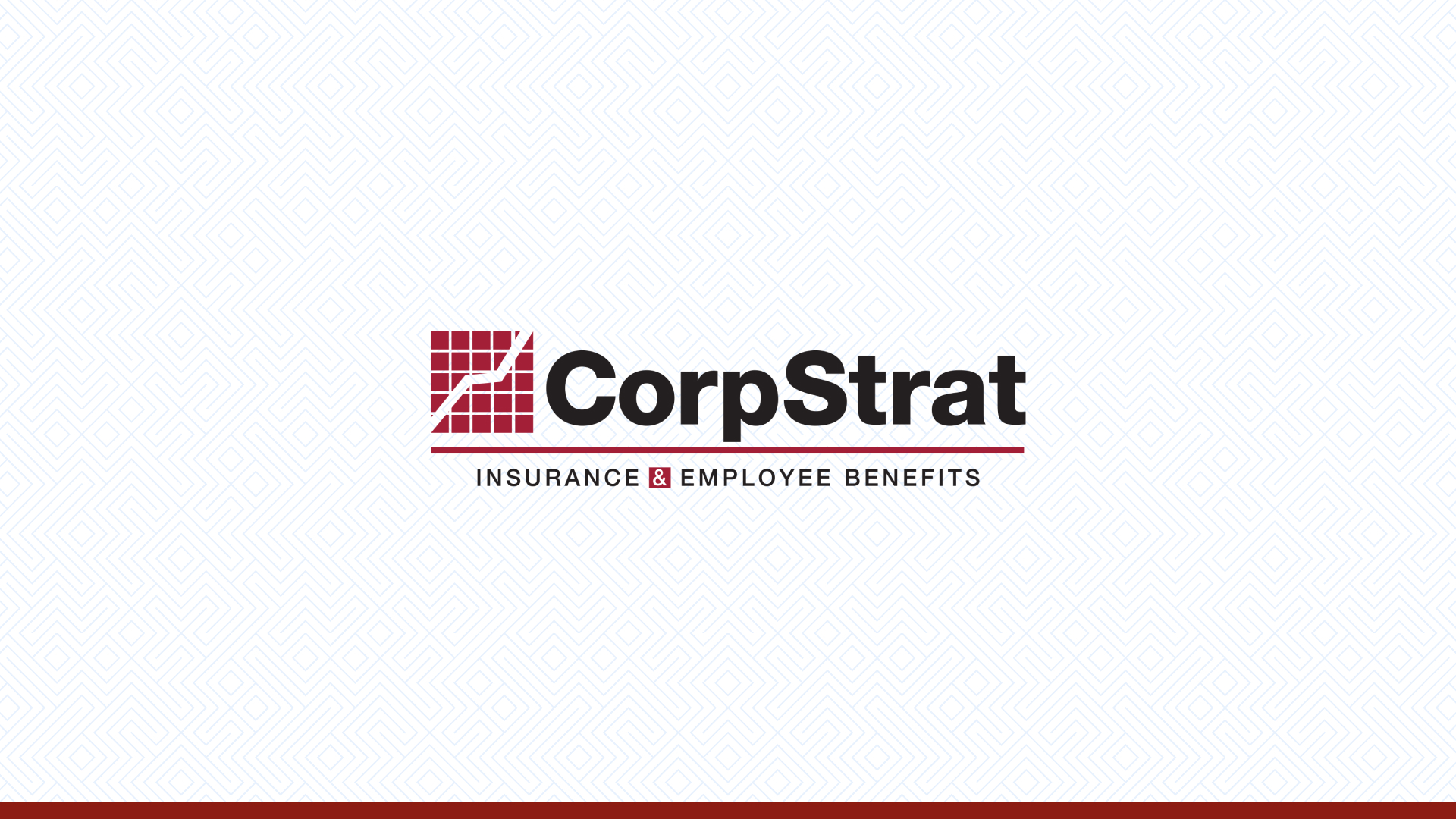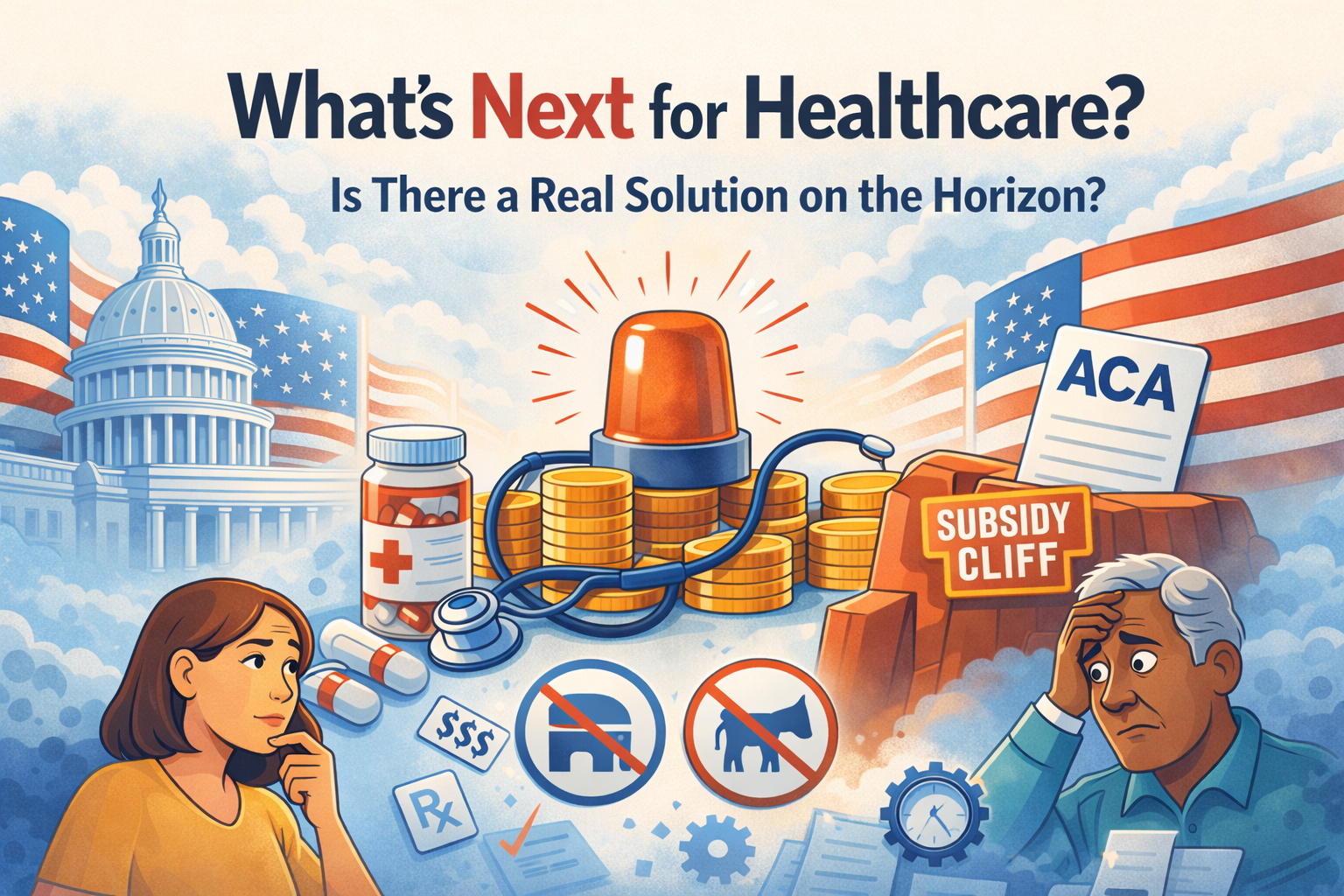November 24, 2015 WSJ
The biggest U.S. health insurer said it has suffered major losses on policies sold on the Affordable Care Act’s exchanges and will consider withdrawing from them, adding to worries about the future of the marketplaces at the heart of the Obama administration’s signature health law.
The disclosure by UnitedHealth Group Inc., UNH 0.92 % which had just last month sounded optimistic notes about the segment’s prospects, is the latest sign that many insurers are finding the new business unprofitable, despite an influx of customers that has helped swell revenues.
The industry’s woes, and broad rate increases aimed at stanching the red ink, are putting pressure on the Obama administration to tweak aspects of the law; the issues also risk pulling the ACA back into the political spotlight.
Republicans, who have remained opposed to the health law, quickly jumped on the news.
“Premiums are up and ultimately, health care is more expensive,” said Rep. Jason Chaffetz (R., Utah). “The consequences we see from this hastily and poorly conceived legislation were entirely foreseeable and not at all surprising.”
The administration and Democratic lawmakers said the law is working well.
A spokesman for the federal Department of Health and Human Services said the exchanges are “stable, vibrant and a growing source of coverage for new consumers.” UnitedHealth’s comments are “not indicative of the marketplace’s strength and viability,” he said.
Rep. Xavier Becerra (D., Calif.), said the health law created “a growing market, a maturing market, and like any new enterprise it will have growth and spurts.”
UnitedHealth Group Chief Executive Stephen J. Hemsley said the company isn’t willing to continue its losses into 2017. UnitedHealth has already locked in its exchange offerings for 2016, but it is pulling back on marketing them during the current open-enrollment period to limit membership, which it said last month totaled around 550,000.
The company will make market-by-market determinations in the first half of next year about whether it will continue selling products on the exchanges.
“We can’t sustain these losses,” he said. “We can’t subsidize a market that doesn’t appear at this point to be sustaining itself.”
UnitedHealth made the move amid reduced expectations for growth on the exchanges, the anticipated shutdowns of the majority of the health law’s nonprofit cooperative insurers, and rising costs as its own enrollees continue to increase their rate of health-care use. Mr. Hemsley emphasized problems with consumers “coming in and out of the exchange system to use medical services,” or essentially signing up for health plans when they need to cover health expenses—an issue also highlighted by other insurers.
Exchanges represent a small share of UnitedHealth’s overall membership and revenue. But the company said its operating loss for the exchange business this year will amount to about $700 million, or 45 cents a share, including $275 million that will represent “advance recognition of losses” for 2016. The company said it was projecting an additional $200 million to $225 million in losses for next year that it wouldn’t include in its 2015 results. UnitedHealth said it was revising its 2015 earnings projection to $6 a share, from a previous range of $6.25 to $6.35.
UnitedHealth’s shares fell 5.7% Thursday to $110.63.
UnitedHealth’s announcement comes as other insurers have been sounding alarms about their exchange business, though the big insurer went considerably further than its peers in raising concerns about future viability. Aetna Inc. AET 0.35 % recently said it expects to lose money on its exchange business this year, but it hopes to improve the result in 2016. Humana Inc. and Cigna Corp. also flagged challenges. Even Anthem Inc., ANTM 0.38 % which said its exchange business is profitable, was downbeat in its third-quarter earnings call, warning that enrollment is less than expected.
“All the other big insurers are signaling the same problems,” said Ana Gupte, an analyst with Leerink Partners LLC. The major exception is companies that focus closely on the Medicaid population, such as Molina Healthcare Inc., MOH 1.86 % she said. These companies have lower-cost networks of health-care providers and also draw many low-income consumers whose coverage is largely subsidized.
A Goldman Sachs Group Inc. GS -0.27 % analysis of state filings for 30 not-for-profit Blue Cross and Blue Shield insurers found that their overall companywide results were “barely break-even” for the first half of 2015. Goldman analysts projected the group would post an aggregate loss for the full year—the first since the late 1980s. The analysis said the health-law exchanges appeared to be a “key driver” for the faltering corporate results.
The impact of the insurance industry’s struggles is already clear in the products offered in the exchange’s current open-enrollment period. For these plans, which will take effect in 2016, many insurers have raised premiums to cover the medical costs of enrollees, which have run higher than many companies originally projected, fueling this year’s losses. Many insurers have also shifted to offering more limited choices of health-care providers.
During the current open enrollment period, premiums for a type of plan that is closely watched as a signal of consumer costs—the second-lowest-priced plans in the law’s “silver” tier—are increasing 7.5% on average across the roughly three dozen states that rely on the federal HealthCare.gov marketplace, according to the Obama administration. Some individual increases are far sharper.
Analysts say the danger is that higher rates might discourage enrollment, particularly by the younger, healthier consumers that the marketplaces need to draw in. That is because they are the ones most likely to feel they can go without insurance. Their absence would have the effect of driving premiums even higher in the future, because insurers would need more rate increases to cover the costs of a smaller, sicker pool of enrollees. At its worst, this cycle can feed on itself, creating what the industry calls a “death spiral.”
Already, “the risk pool is clearly skewed toward sick people,” said Chris Rigg, an analyst with Susquehanna Financial Group. He and other analysts said that a fundamental problem was a shortfall in enrollment, and to make the marketplaces work better, policy makers would need to take steps such as making it harder for consumers to sign up for coverage outside the annual open-enrollment window.
The Obama administration has said it aims to have about 10 million people with paid-up coverage on the state and federal health-law exchanges by the end of 2016. But that falls well short of some earlier projections: The nonpartisan Congressional Budget Office earlier this year estimated that at least 20 million people would buy policies under the law for 2016 coverage



